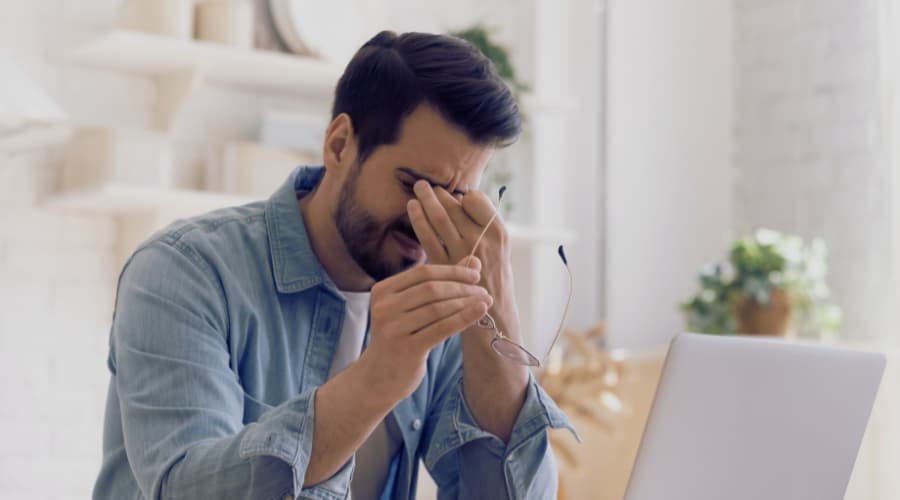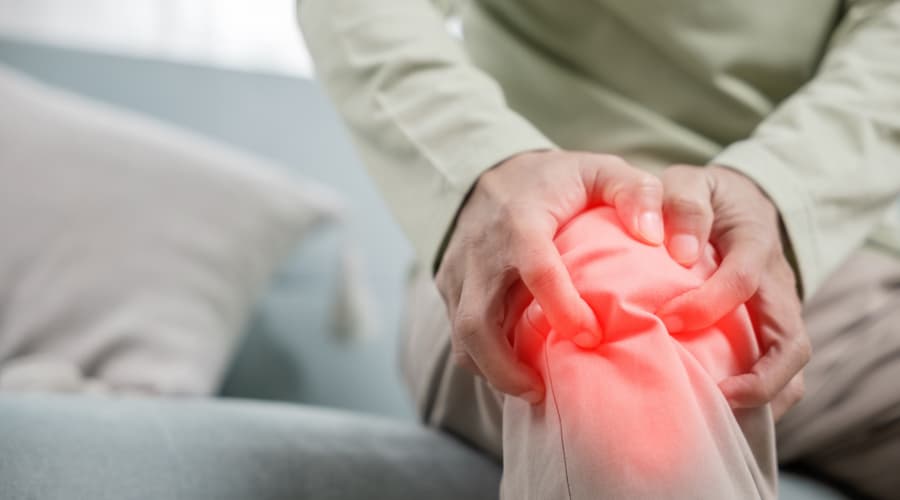What is osteopathy?
Osteopathy is a branch of medicine that treats areas of dysfunction in the body that can lead to a cascade effect on the rest of the body, causing pain and a lack of mobility. Osteopaths generally treat these disorders without the use of drugs or surgery.
What’s unique about the practice of osteopathy?
Osteopathy doesn’t focus on a discrete illness or ailment. Instead, the trained osteopath uses a holistic approach that looks at every facet of a patient’s lifestyle as a factor in their health. This includes their personal situation and complete medical history.
What does it mean to take a holistic approach?
Holistic medicine focuses on the whole person, not just the area of immediate concern. The joints and surrounding soft tissue interact with other areas of the body and have an effect on overall health. An improvement in the musculoskeletal system can help alleviate respiratory and digestive problems, for example.
Osteopath Training & Certification
What kind of training does an osteopath have?
Most osteopaths receive a bachelor’s degree in osteopathy, and some go on to study for a master’s degree. A doctor of osteopathy (D.O.) is required to obtain at least 1,000 hours of clinical experience before practising. Osteopaths must register with the General Osteopathic Council (GOC) to practise in the UK, Isle of Man and Gibraltar. You can check the GOC website to see if your provider is registered.
The course of study for an osteopath includes nutrition, pharmacology, pathology and bio-mechanics in addition to anatomy and physiology. An osteopath will usually obtain either a MOst (master’s level) degree or one of the following bachelor’s degrees:
- BSc(Hons)
- Bost
- BOstMed
Coverage for Treatment
Does the National Health Service (NHS) provide for osteopathic care?
Most osteopaths are in private practice, although some work for the NHS. In some locales, a general practitioner may refer a patient to a private osteopath, and the cost will be covered by the NHS. Check with your local clinical group, health department or social service board to find out the regulations for your area.
Will private medical insurance pay for osteopathic treatment?
Many private insurance policies cover osteopathic services. Check with your insurer about coverage, as some providers require a referral from your general doctor.
Visiting the Osteopath
Are osteopaths available for home visits?
Check the UK Statutory Register of Osteopaths to find out if there are any osteopaths in your local area that perform home assessments. It’s more likely that a patient will receive advice in a phone consultation until they are physically able to visit the osteopath. If mobility is so poor that a patient cannot leave home, osteopathic treatment won’t have an appreciable effect. Examination and treatment are also more comprehensive when performed at the osteopath’s office.
What should I bring on the first visit?
Bring a complete list of all the medications you’re taking, including the dosages, along with any type of brace, orthotic or other support device you use. Arrange to have any recent medical reports, x-rays or other diagnostic information sent to your osteopath beforehand or bring them with you.
What can I expect at my first visit?
- At your first appointment, expect to spend some time talking about the issues or problems that brought you to the office. You’ll also be asked to give a complete medical history. This is necessary in order for the osteopath to determine the proper treatment path for you as an individual. The intake visit will last for approximately 45 minutes, and future visits will take about 30 minutes.
- You’ll be asked to disrobe so the doctor can visually determine if you have any postural issues or asymmetries that could be causing problems. Alternatively, you can bring stretchy shorts and a close-fitting shirt to wear during the exam.
- Urine and blood tests may be required, and you might be scheduled for an MRI or X-ray. Depending on the outcome of your initial visit and any subsequent testing, your osteopath may prescribe several physical therapy sessions and a follow-up exam to determine their effectiveness.
Is it okay to bring a friend or family member with me to the appointment?
It’s perfectly alright to bring someone close to you along on your visit. Just be aware that they’ll be hearing the advice and diagnosis given by your practitioner, as well as the personal details of your medical history.
Should I notify my general physician about an osteopathic visit?
You may certainly do so, but it’s not necessary. Osteopaths generally don’t request medical records from your primary physician. However, if they do, you’ll be informed about it ahead of time so you can give consent to have records transferred.
Benefits of Osteopathy
What can an osteopath do for me?
Neck, shoulder and back pain can be alleviated through osteopathic treatment. Circulatory issues, muscle cramps and digestive disorders are other areas in which you can experience improvement through osteopathy. In addition to musculoskeletal problems such as arthritis, sciatica and neuralgia, osteopathy can also help with migraines, fibromyalgia, muscle spasms and sports injuries.
How does an osteopathic treatment work?
Osteopaths stretch, manipulate and massage muscles and joints. This is designed to help muscles, connective tissue, joints and bones work together optimally. Osteopathic treatment is performed in order to:
- Relieve muscle tension
- Increase joint mobility
- Send blood to tissues
- Enhance healing
How can osteopathy help with changes to the body caused by pregnancy?
When a woman is pregnant, the ligaments soften, and that can put stress on muscles. The increase in weight and changes in posture can also affect the spine, pelvic area and joints. An osteopathic exam will determine if treatment is needed to relieve the strain. After the baby is born, gentle osteopathic techniques for newborns are used to ensure that the infant is optimal health.
How does osteopathy help with osteoarthritis?
Once the degenerative effects of osteoarthritis appear, they’re irreversible. However, through osteopathy, pain can be alleviated by focusing on patient mobility, posture and exercise and through manipulation of the muscles and joints by a trained osteopath.
How is osteopathy used to treat sports injuries?
Here are the three goals of sports therapy:
- Treat the injury.
- Prevent future injuries.
- Improve performance.
Osteopathic medicine focuses not just on injuries, but also on the ways in which patients can prevent future injuries from occurring. Sometimes, people compensate for weakness in one area of the body by using alternative muscles. This can lead to asymmetry that affects athletic performance, and it could also be a factor in injuries. An osteopath can diagnose this and other sports-related stresses and imbalances.
Treatment Goals
Will I feel better after a treatment?
Your ease and relief from pain and tightness are the goals of osteopathic treatment. It may take a couple of visits before you start to feel the benefits, however. The first couple of treatments may even lead to tiredness, headache or mild discomfort for a short time. Your osteopath will suggest some exercises you can do at home to minimise these symptoms. If you still feel uncomfortable after a couple of days, let your practitioner know about it.
How can I help myself in conjunction with the osteopathic treatment?
Your osteopath will inform you of techniques you can do at home to facilitate improvement of pain and mobility issues. She or he may also advise against certain exercises or activities that would be counter-productive to recovery. Following up at home with any stretching exercises or other recommendations by your osteopath helps you to become a partner in healing yourself as efficiently and rapidly as possible.
Other Issues
What about using over-the-counter pain killers?
The sensible use of store-bought medications can sometimes help with pain relief, especially when combined with gentle exercise and hot/cold packs. Your osteopath may also ask your primary physician to order prescription medicine for serious pain.
What should I do if I’m not happy with my treatment?
Your osteopathic provider should have a complaint procedure in place so that you can directly express any issues that bother you. If you feel that your concerns haven’t been addressed to your satisfaction, you can also contact the General Osteopathic Council.
Related Articles
- Soft-Tissue Osteopathy Techniques
- Osteopathy For Babies And Children
- Chiropractor or Osteopath: What Do I Need?
- Introduction to Cranial Osteopathy
- Chiropractor or Osteopath for a Trapped Nerve or Sciatica




























